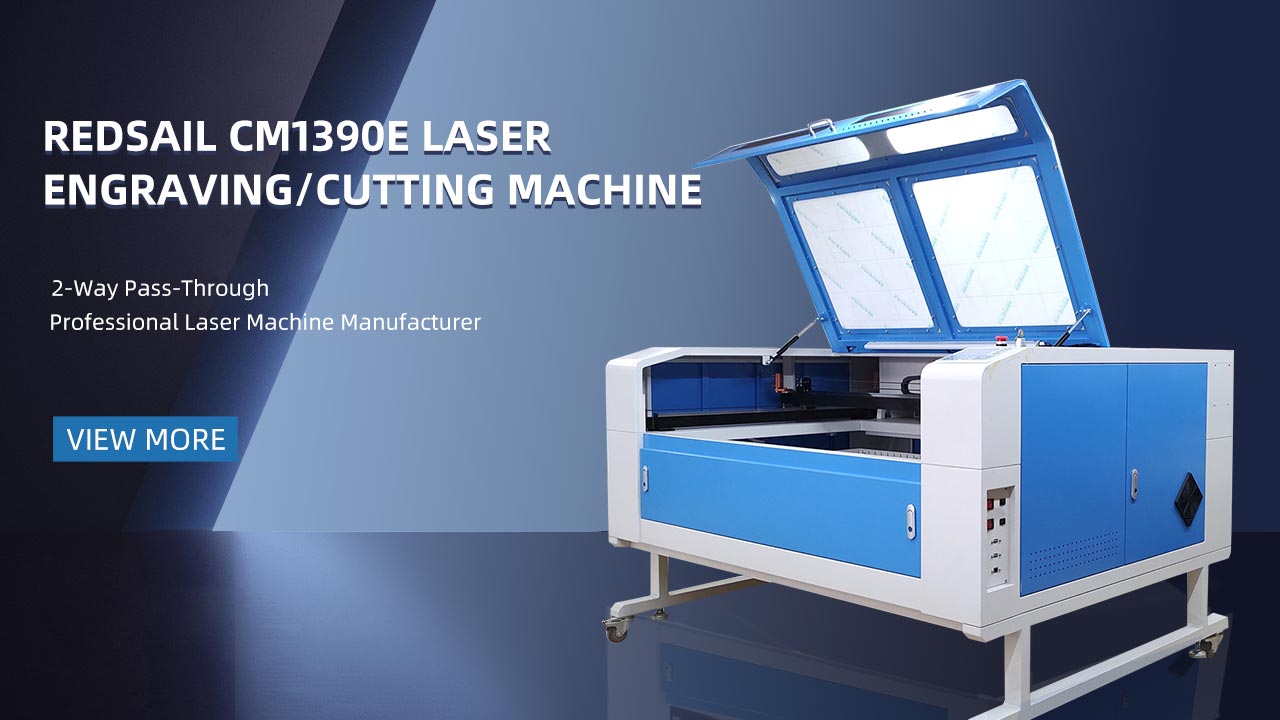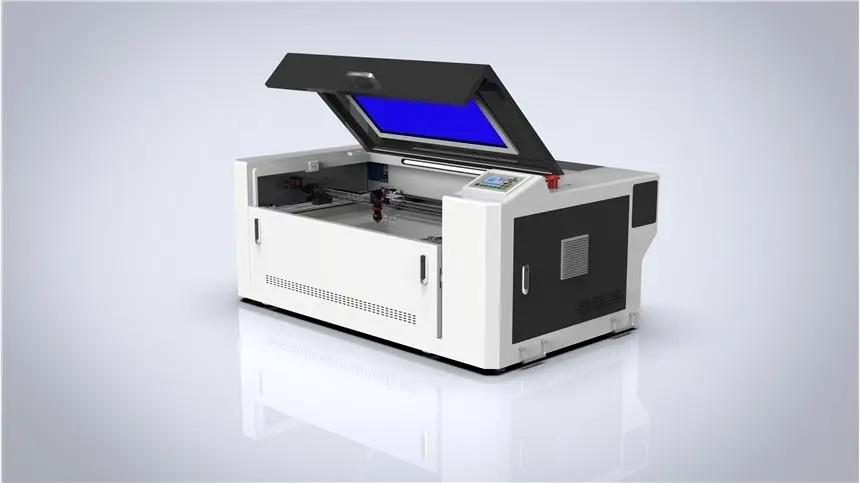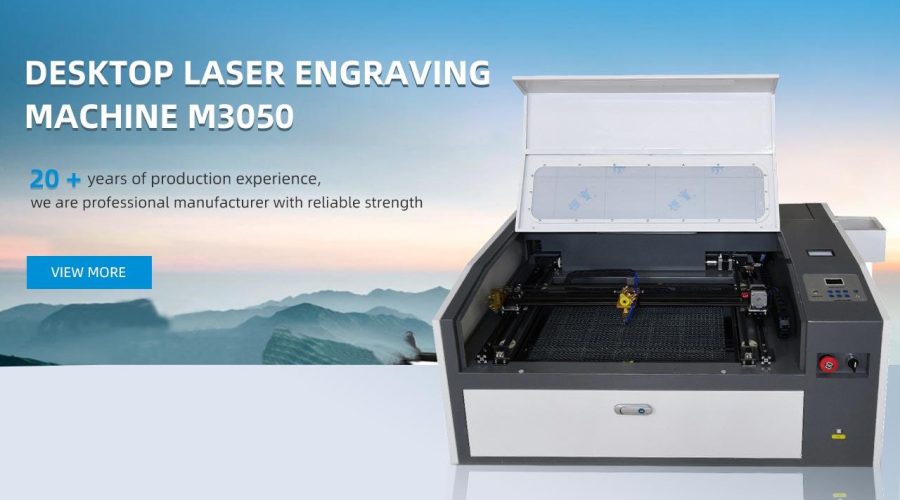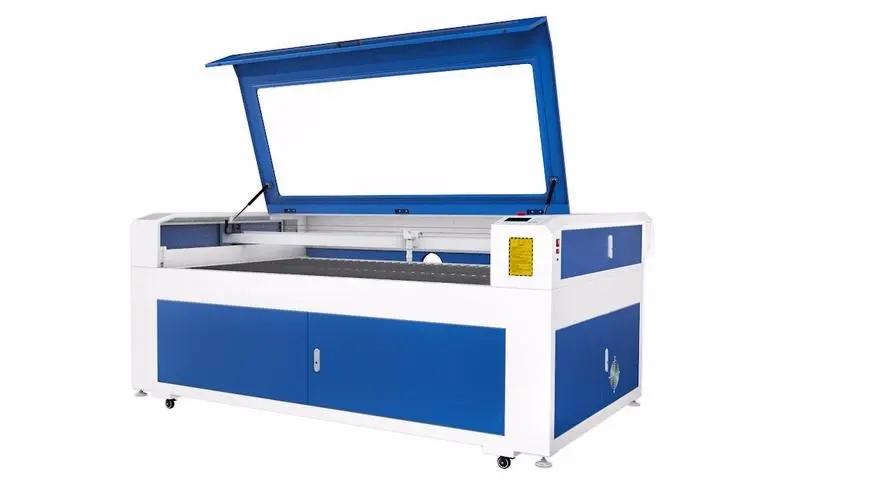CO2 Laser Cutter vs Fiber: Which One Reigns Supreme in Precision and Efficiency?
Introduction
In the world of laser cutting technology, two main contenders dominate the market: CO2 laser cutters and fiber laser cutters. These machines offer precision and efficiency in cutting a variety of materials with utmost accuracy. This article aims to compare the two technologies and determine which one reigns supreme in terms of precision and efficiency.
CO2 Laser Cutter
A CO2 laser cutter is a machine that utilizes carbon dioxide gas lasers to cut and engrave materials. It operates by emitting a high-powered laser beam through a series of mirrors and lenses, which focuses the beam onto the desired material. CO2 lasers have been widely used for many years and are known for their versatility in cutting various materials such as wood, acrylic, and plastics.
Fiber Laser Cutter
A fiber laser cutter, on the other hand, uses a solid-state laser to generate the laser beam. It employs optical fibers as the active medium, which amplifies the laser signal. Fiber lasers are relatively newer to the market but have gained popularity due to their high precision and efficiency in cutting metals. They are particularly effective in processing materials like aluminum, stainless steel, and copper.
Precision Comparison
When it comes to precision, fiber laser cutters have the upper hand. The fiber lasers produce a smaller, more concentrated beam, allowing for extremely precise cuts. The beam diameter can be as small as a fraction of a millimeter, resulting in intricate and detailed cuts. CO2 laser cutters, while still precise, have a larger beam diameter, making them better suited for less intricate designs.
Efficiency Comparison
In terms of efficiency, fiber laser cutters have a significant advantage. Fiber lasers are more energy-efficient compared to CO2 lasers, meaning they require less power consumption to generate the same laser output. This leads to reduced operating costs and lower environmental impact. Additionally, fiber lasers have higher cutting speeds, allowing for faster production rates. CO2 laser cutters, although efficient in their own right, tend to lag behind fiber lasers in this aspect.
Which One to Choose?
The choice between a CO2 laser cutter and a fiber laser cutter ultimately depends on the specific needs of the application. If the primary materials to be cut are metals, particularly those with high reflectivity like aluminum or copper, a fiber laser cutter is the ideal choice due to its exceptional precision and efficiency in processing these materials. On the other hand, if the focus is on cutting non-metal materials such as wood, acrylic, or plastics, a CO2 laser cutter can be a more versatile and cost-effective option.
FAQs
1. Is a CO2 laser cutter suitable for cutting metals?
A CO2 laser cutter can cut thin metals, but it is not as efficient or precise as a fiber laser cutter when it comes to metal cutting. Fiber lasers are specifically designed for cutting metals and offer superior results.
2. Can a fiber laser cutter cut non-metal materials?
Yes, a fiber laser cutter can cut non-metal materials such as wood, acrylic, and plastics, although CO2 lasers are generally more versatile in handling these materials.
3. Are fiber lasers more expensive than CO2 lasers?
Initially, fiber laser cutters may have a higher upfront cost compared to CO2 lasers. However, their higher efficiency and lower operating costs can result in long-term savings.
4. Which type of laser cutter offers faster cutting speeds?
Fiber laser cutters are known for their higher cutting speeds, making them more suitable for applications that require faster production rates.
5. Can a CO2 laser cutter engrave materials?
Yes, CO2 laser cutters are capable of engraving materials in addition to cutting them. This versatility is an advantage when dealing with non-metal materials.





